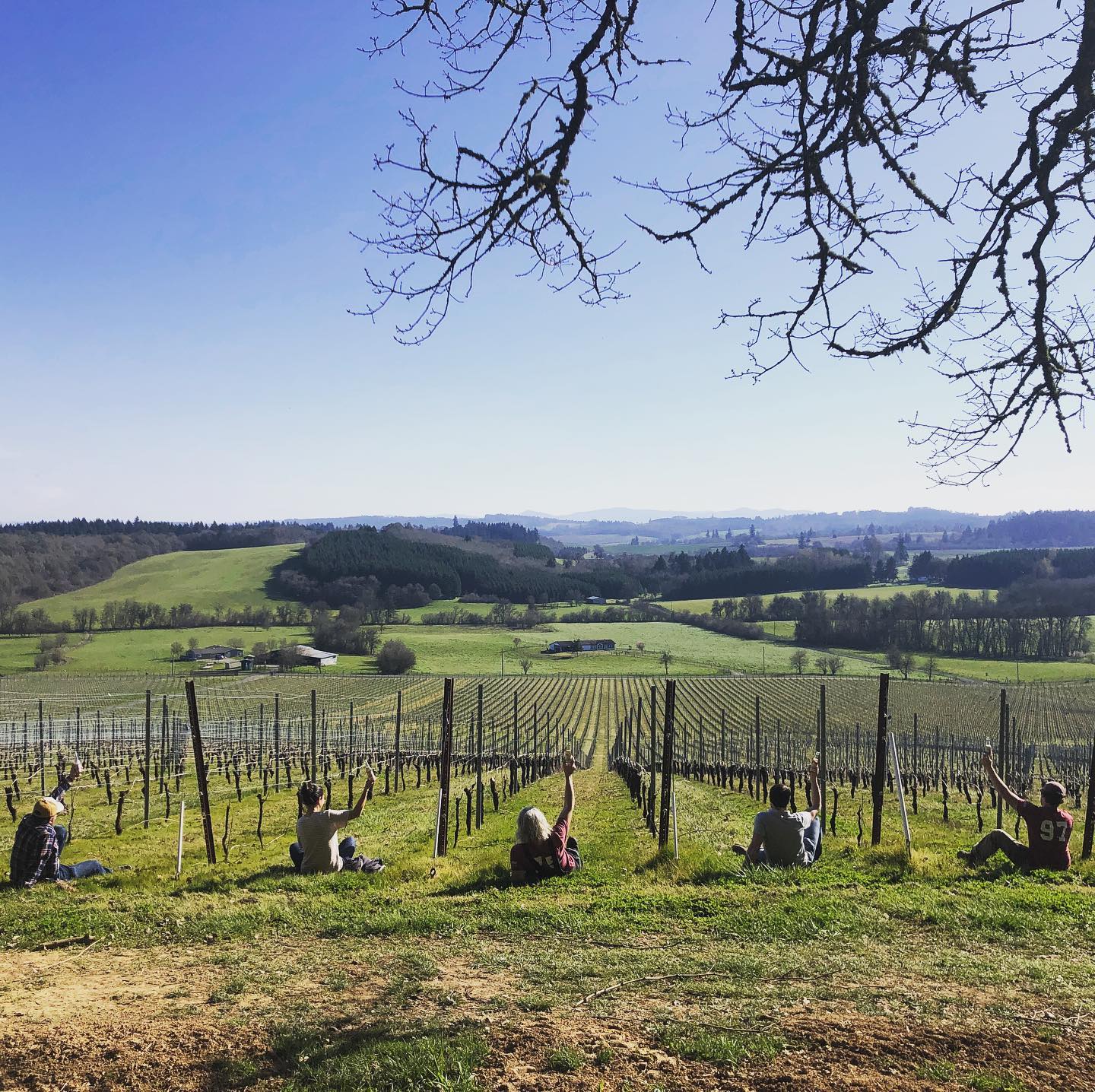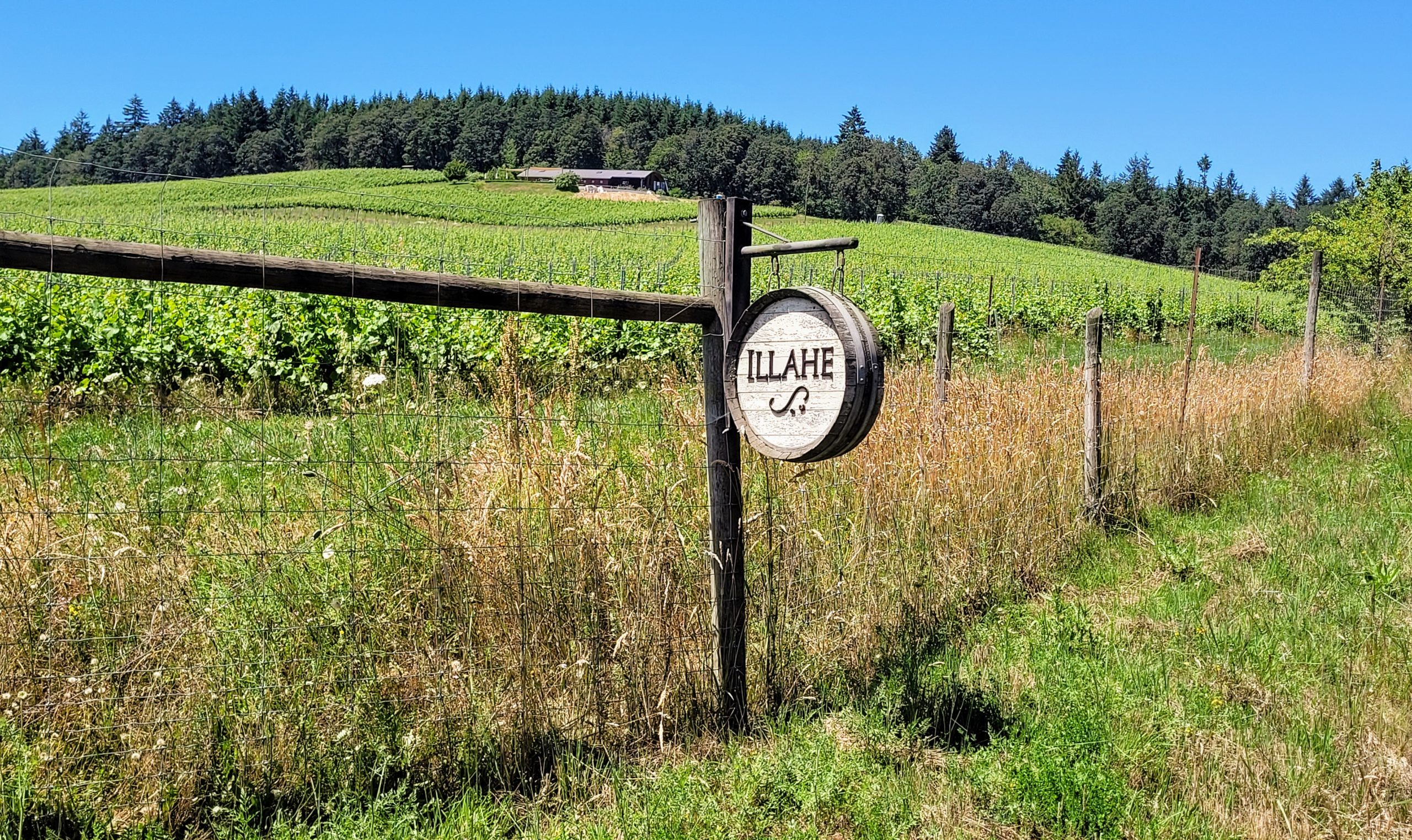If you’ve been wine tasting before, chances are you’ve heard the term “AVA” thrown around. But what exactly is an AVA, and how does it help indicate what kind of wine you’re about to drink? We have answers for you! AVA stands for American Viticulture Area, so basically… geographical wine spots in the United States. These grape-growing areas have fixed boundaries and are associated with specific geographical and climatic features that distinguish each one from their surrounding areas. The Willamette Valley currently hosts 12 distinct AVA’s, but that number was 11 mere months ago. The Mount Pisgah, Polk County, Oregon AVA was established in June of 2022, and Brad Ford of Illahe Vineyards, along with many other community members, are to thank for the new designation. Read our interview with Brad below to learn about the process of creating a new AVA, along with his work as President and winemaker at Illahe Vineyards.
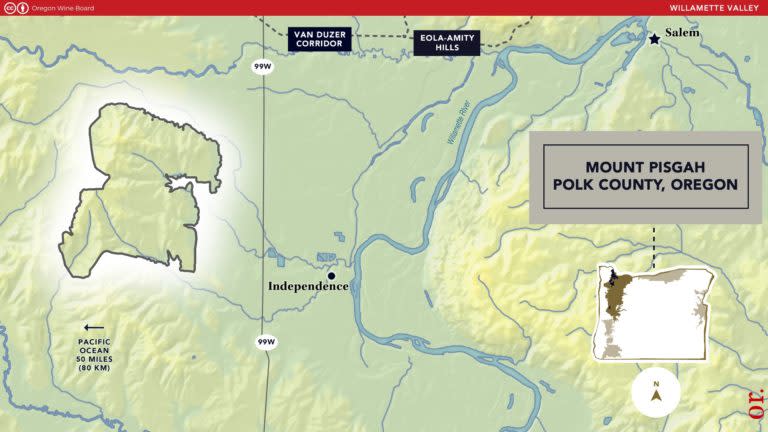
Independence Hotel (IH): Can you tell me about your background and how it brought you to creating Illahe?
Brad Ford (BF): My educational background includes a master’s degree in English, but my more relevant education includes work as a carpenter and bartender, and two years at Chemeketa’s winemaking and viticulture program. My dad, who helped create the Chemeketa program, also bought the vineyard that is now Illahe. I added the winemaking.
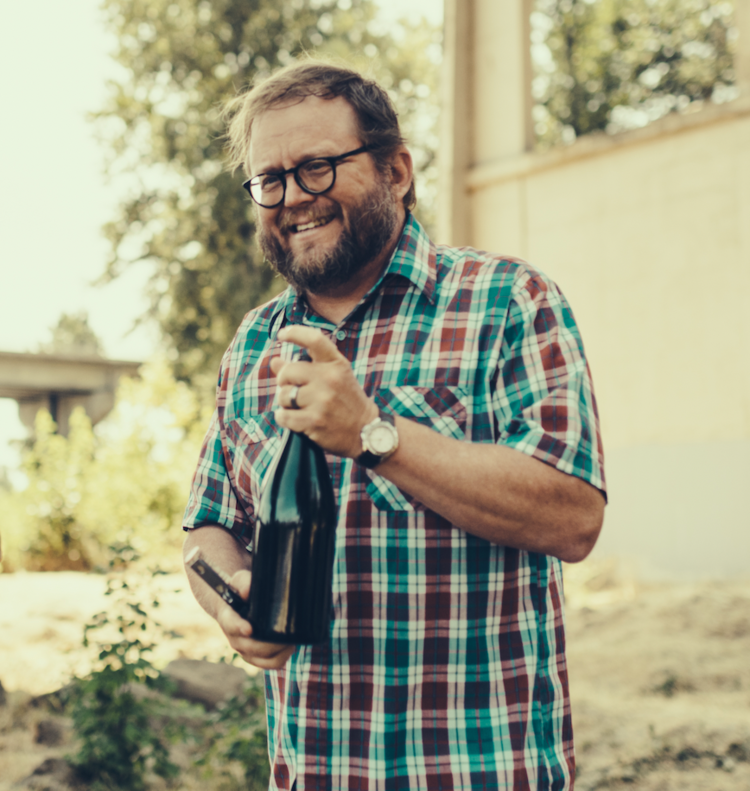
Illahe’s vineyard was first planted in 2001 by Brad’s parents, Lowell and Pauline. Brad joined a few years later.
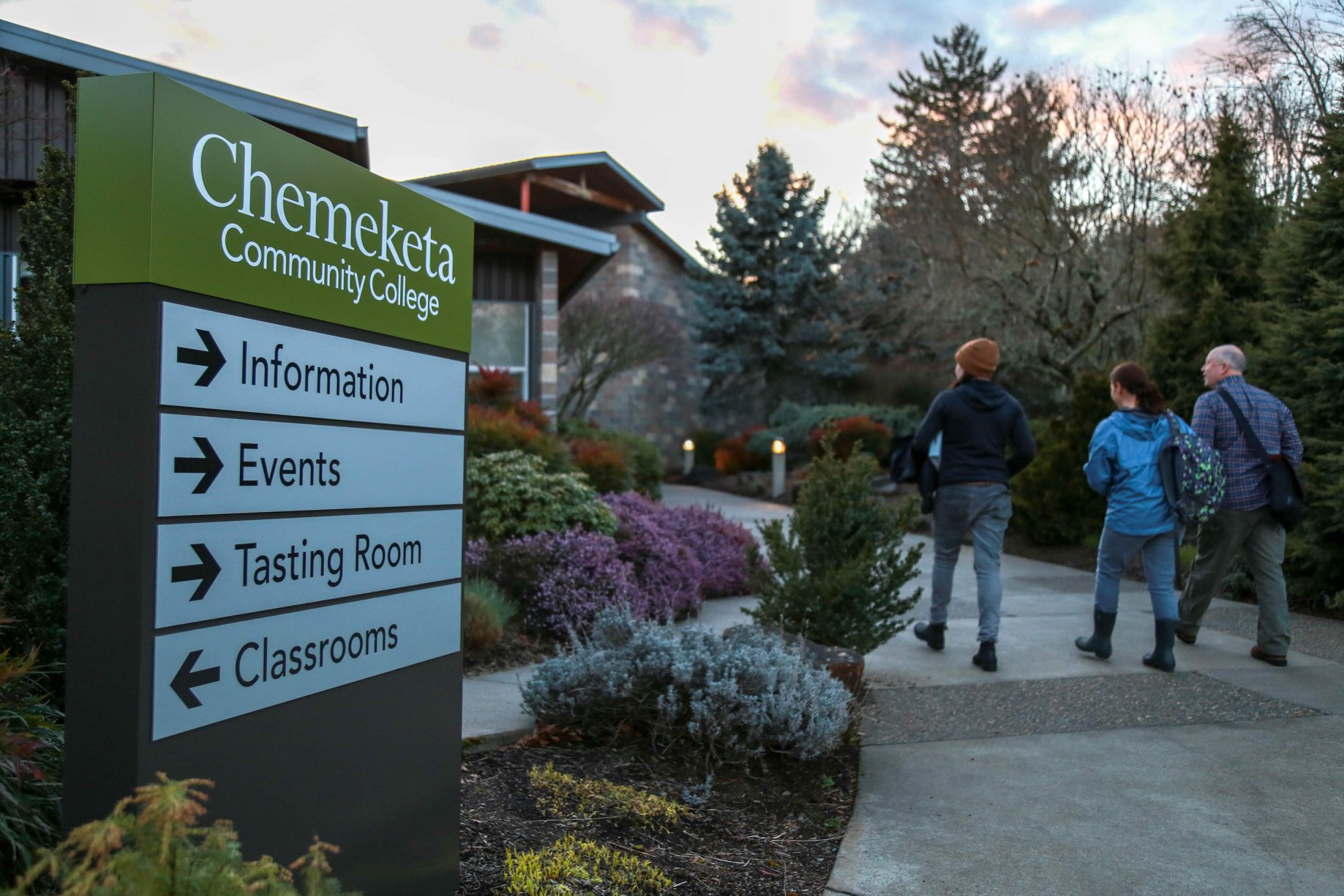
The Northwest Wine Studies Center is a leading wine industry resource that provides continuing education and degree programs in all aspects of wine, from grape to glass.
IH: What is the 1899 project?
BF: The 1899 project is a bottling that we make without using electricity or modern machinery. We bring the grapes to the winery with horses, we destem with a bike-powered destemmer, move the wine with a bike-powered pump, and bottle it by hand.
IH: How would you say modern technology has changed wine?
BF: That is a great question! The oldest wine I’ve ever had was a 1952 Bordeaux (right bank) and only a few bottles from before the 1990s. So I don’t really know first hand, because many huge changes are pretty recent. Modern technology allows fast analyses of small, important chemicals that change the way wine smells, tastes, and ages. Many of the modern changes allow winemakers to direct their wines to be safe, delicious, and get high wine scores… and to completely strip the wine of a soul or any complexity. In the old days, the vineyard was much more important because there was less anyone could do to alter the wine after picking. Needless to say, vineyard technology is different now as well, but you can change the grapes more now than you could before.
IH: Is it true that you also ship your wine from the vineyard to
Portland without using any modern technology? What is that journey like?
BF: We’ve delivered our 1899 to our distributor in Portland from the winery by horse, bike, and canoe for the last seven years. The trip is fantastic. You move just a bit faster than the speed of the river. The group of people involved makes the trip a ton of fun.
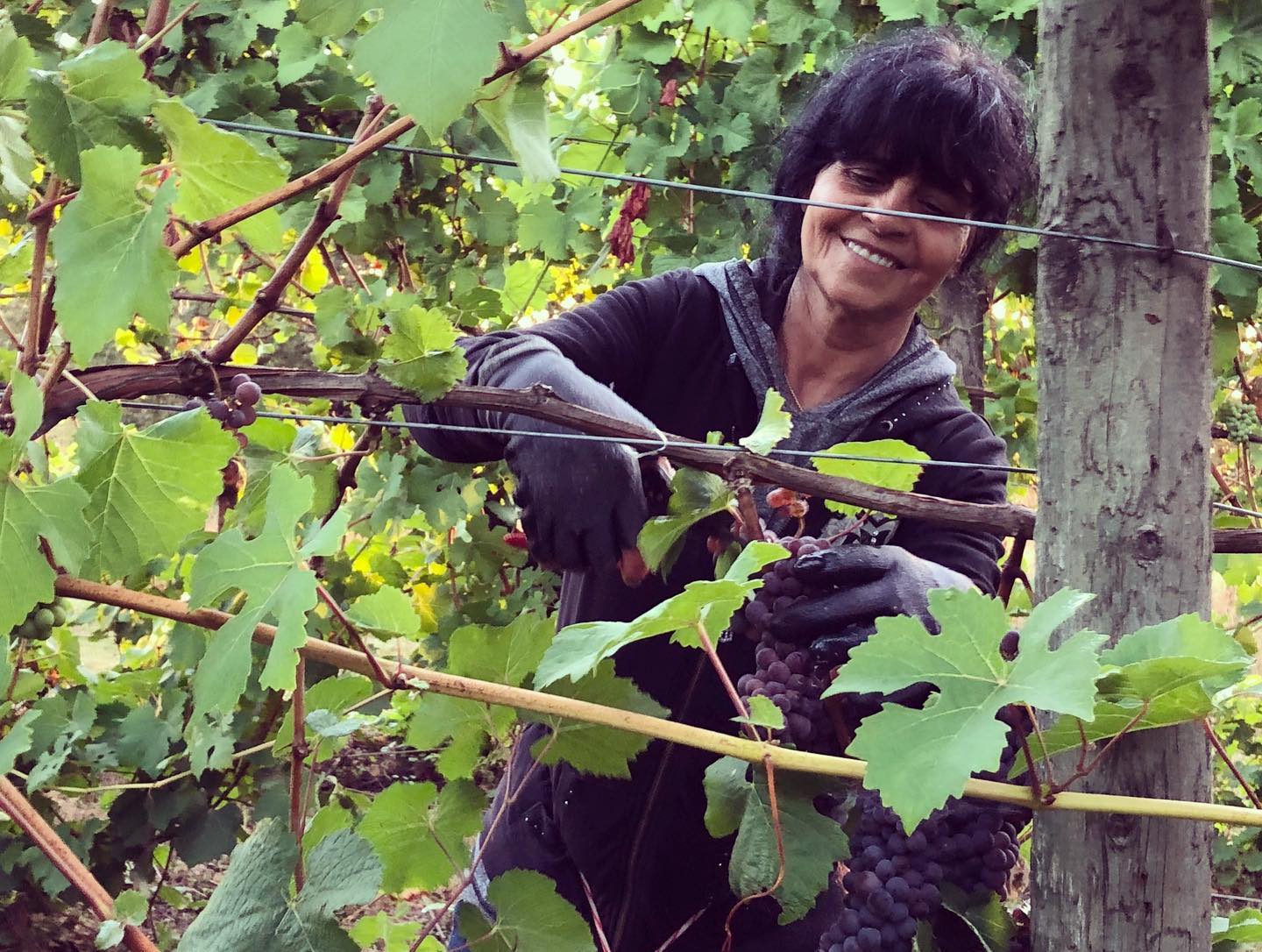
Adding to the natural processes at Illahe, all the harvesting and pruning in the vineyard is done by the hands of a dedicated team.
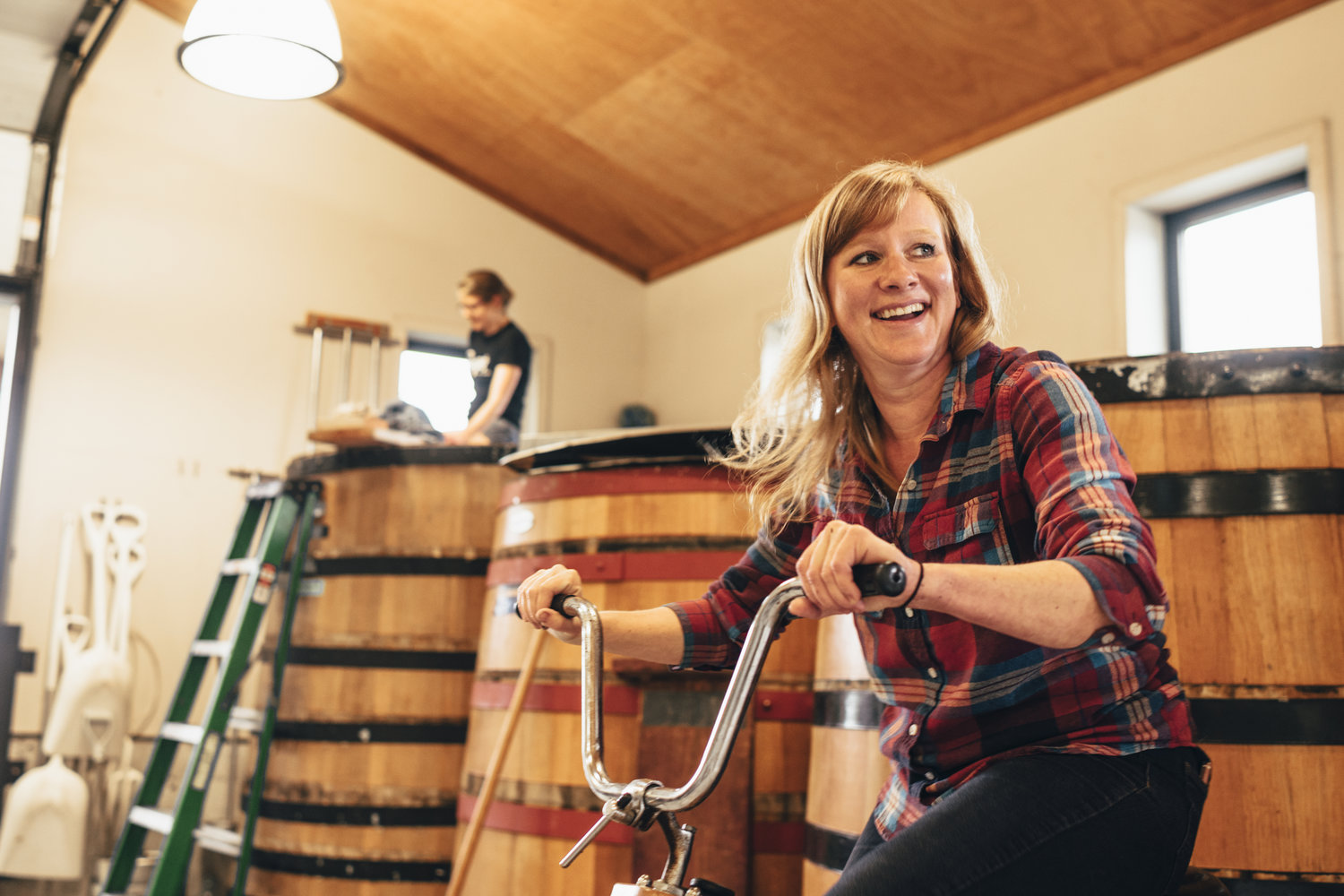
Human power by way of a bicycle is used to destem the fruit.
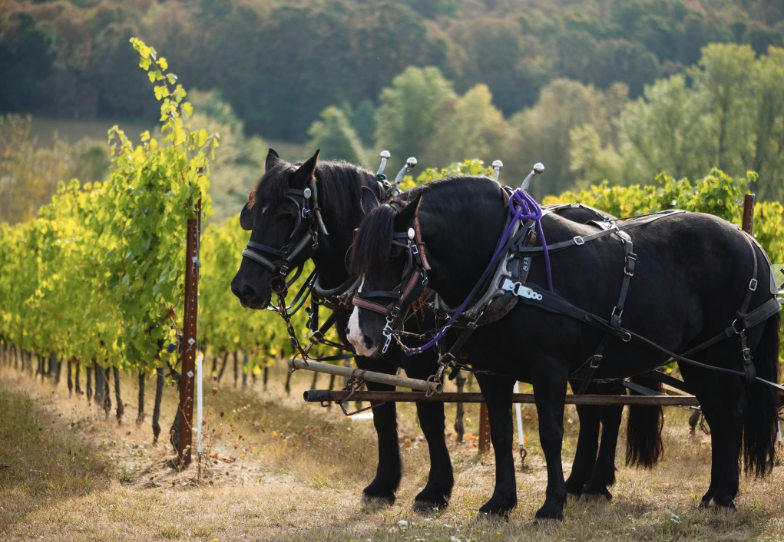
Until 2019 the Illahe Percheron horses, Doc and Bea mowed the vineyard and brought the fruit to the winery at harvest. Now they are thrilled to be working with Susan Richman of Belle Mare Farm and her her team of Sussex, Amos and Katie.

The journey from Illahe to Portland includes a 24 mile leg down the Willamette.
IH: Congrats on the new AVA! What was the process like of getting Mount Pisgah, Polk County, Oregon designated as an AVA?
BF: I was a grant writer before I started making wine, so the process and the writing weren’t hard. It’s a little more legalistic than a grant, but it’s still a pile of research and writing.
IH: What would you say was the most challenging part of creating a new AVA?
BF: The challenges came with working with all the different vineyard owners. Luckily it was also a great chance to get together and learn who the people are that make the place a beautiful little spot on the map.
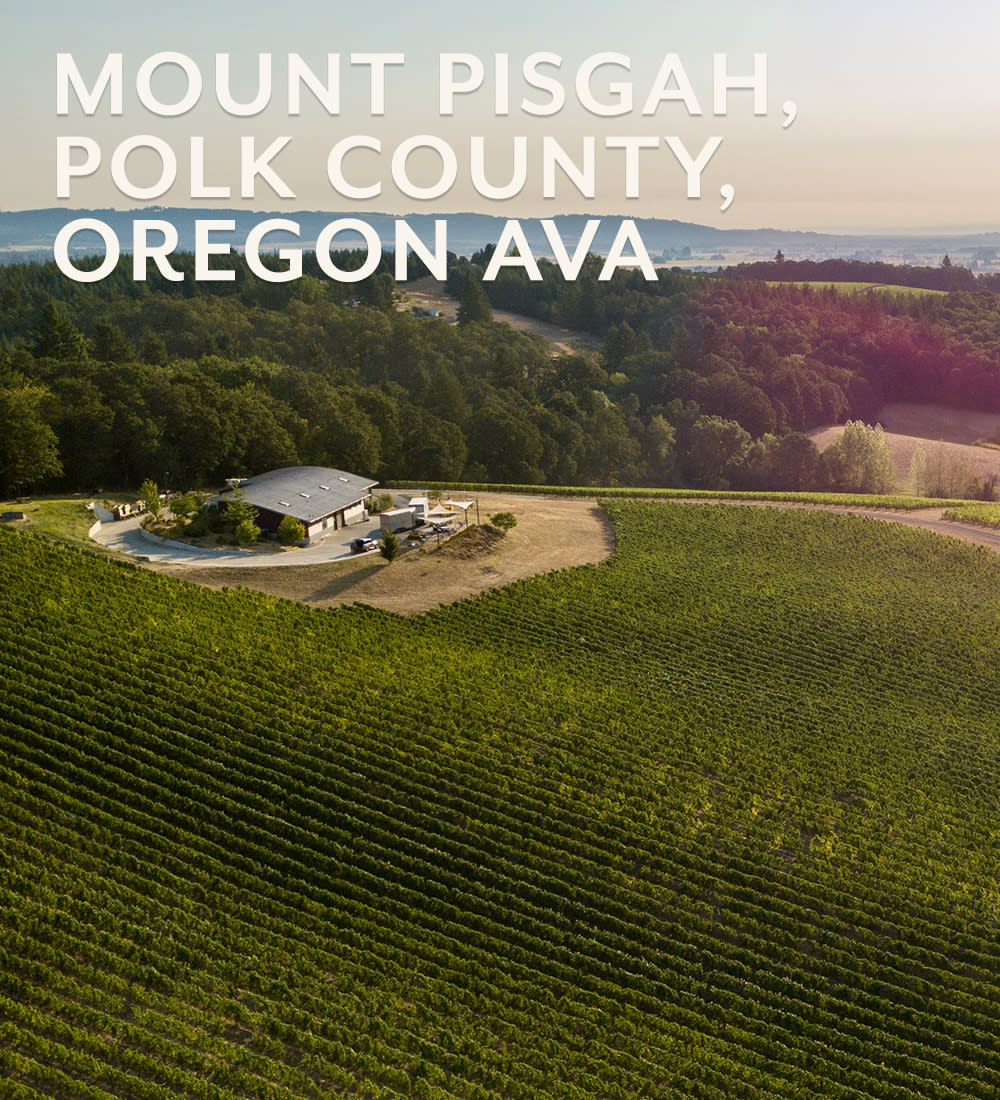
The Alcohol and Tobacco Tax and Trade Bureau granted approval of the AVA on June 3rd and took effect on July 5th 2022.
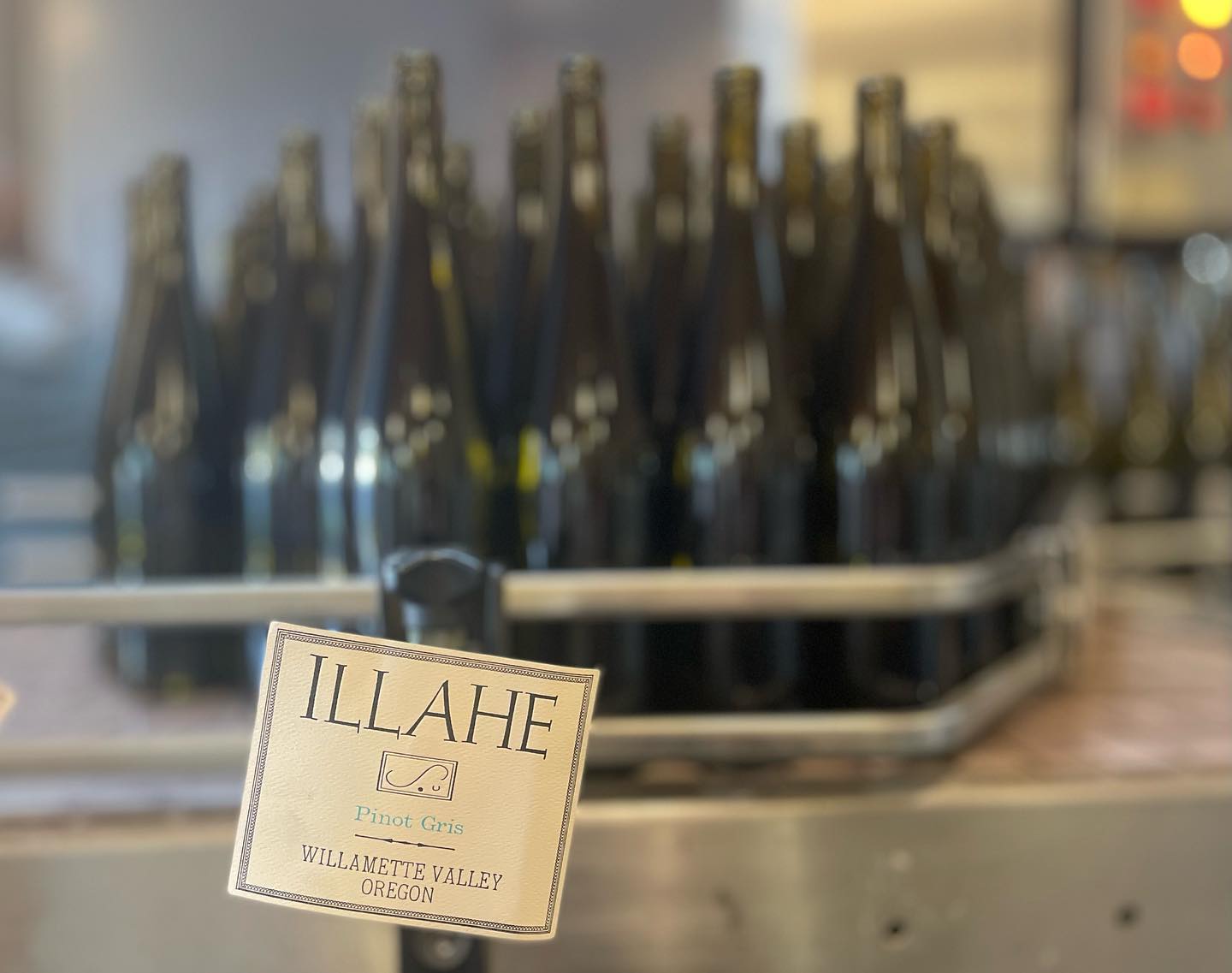
Minimal intervention and historical winemaking techniques characterize the winemaking at Illahe.
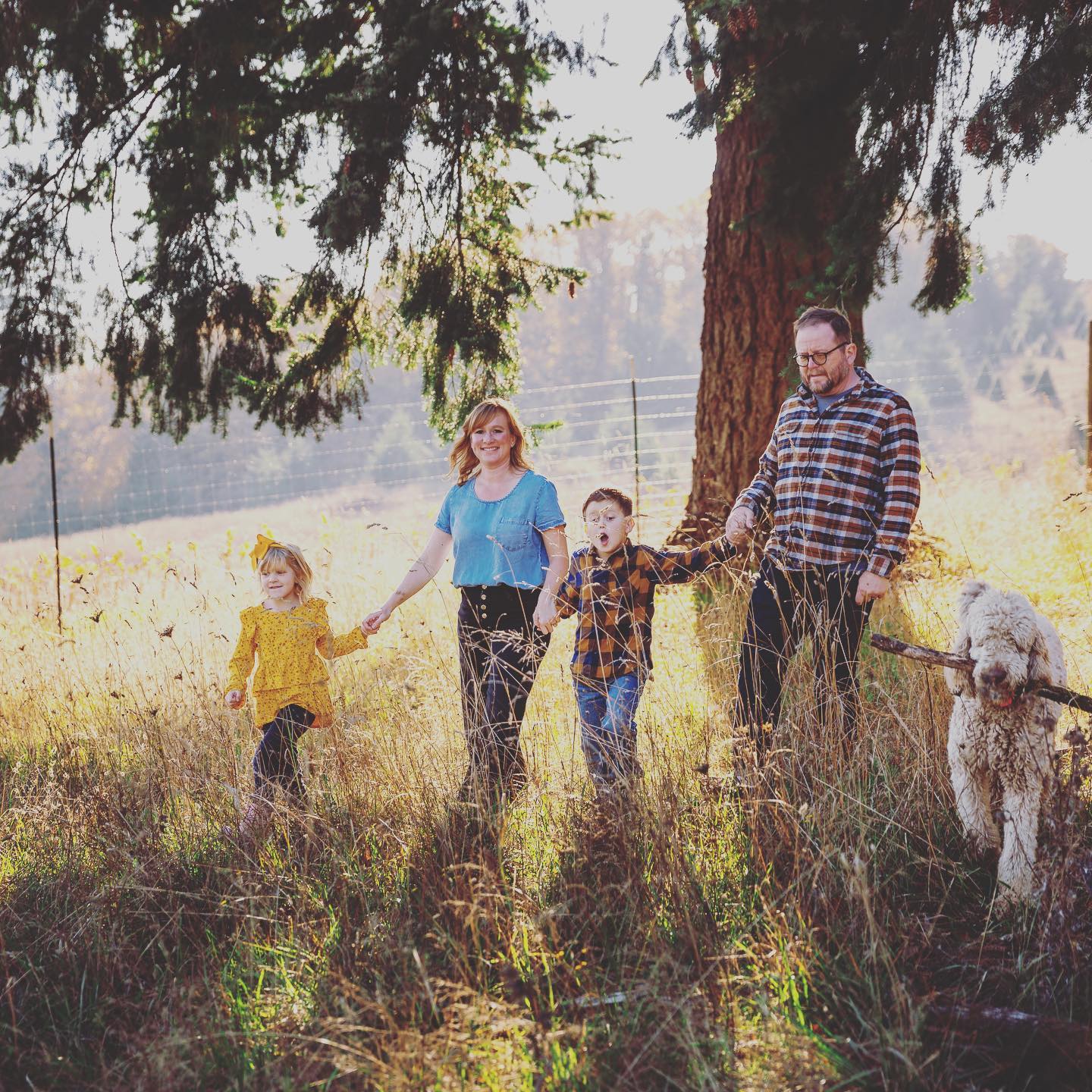
Brad and his family: Wife Bethany, the kiddos, and winery dog Ringo.
IH: Can you tell us about the Alcohol and Tobacco Tax and Trade Bureau (TTB) and the role they play?
BF: They are the governmental regulator. Our contact person was very helpful while maintaining the required distance to make the process fair.
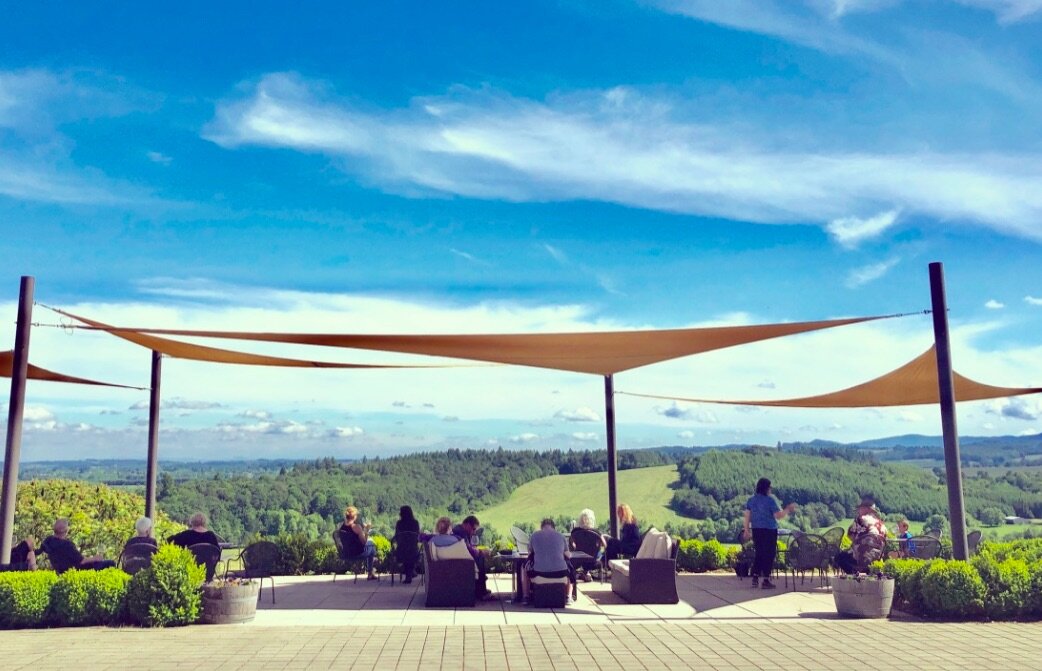
Enjoy a tasting on the patio with a breathtaking view of the surrounding landscape. The winery is open Thursday – Sunday and hosts many events during the Summer months.
IH: What makes Mount Pisgah, Polk County, Oregon AVA different from other AVAs? What are its distinct soil, topography, and climate attributes?
BF: The main soil types are marine sedimentary clays deposited on the sea floor in layers over millions of years. There is a little volcano in the middle called Mount Pisgah that created the necessary slopes and volcanic parent soil. The mountain kept the existing soils above the Missoula Floods and later valley floor deposits. The climate is more similar to the center of the valley than other areas with these sedimentary clays, which means it’s a bit hotter. It’s mostly out of the Van Duzer winds, too.
IH: Does the AVA focus on Pinot Noir and Chardonnay, or are there other varietals available? What about Illahe specifically?
BF: Yes to the first question, but we also have pinot blanc and pinot gris in most vineyards. Illahe and others have tempranillo and viognier, and we have an acre and a half of gruner veltliner.
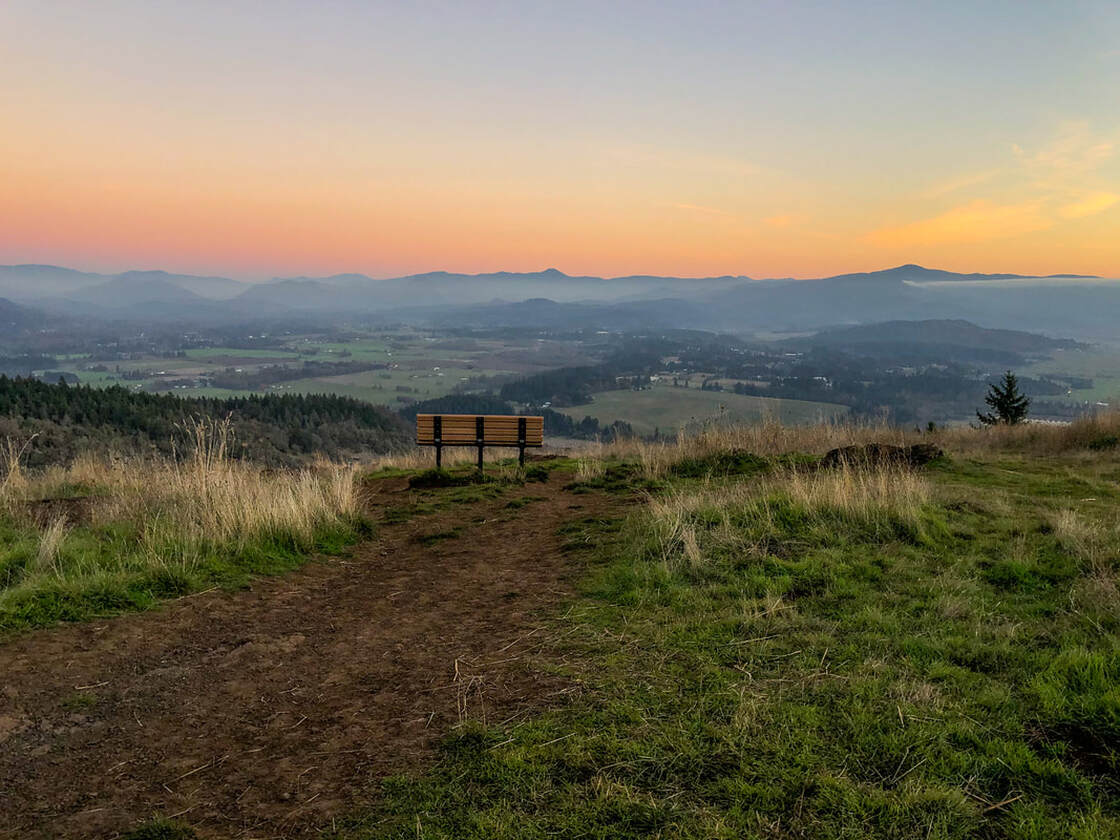
Mount Pisgah was formed 65 million years ago as a sea floor volcano. In addition to providing excellent growing soils the mountain offers moderately challenging trails with fantastic views of the Willamette Valley.
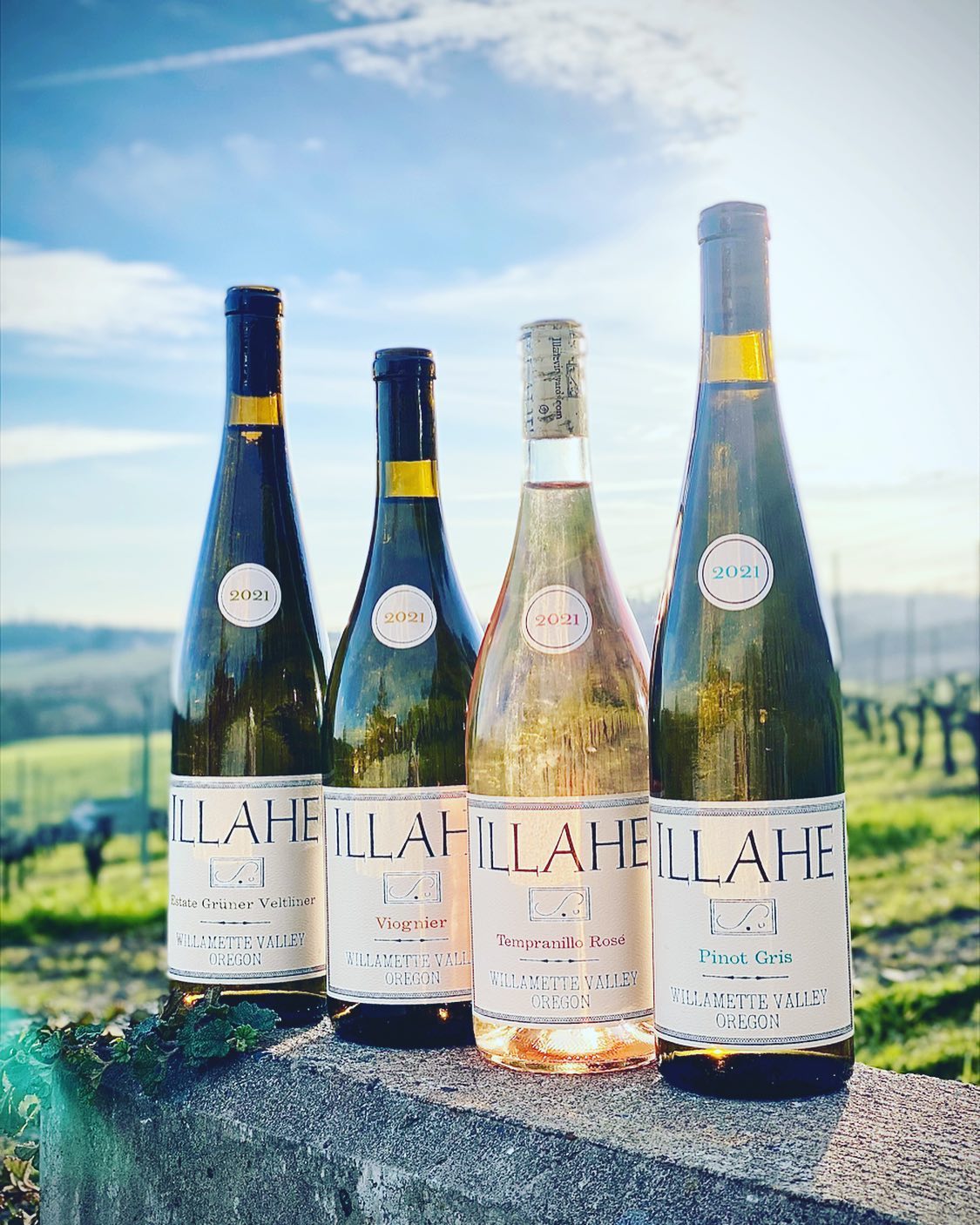
The Illahe lineup, including Pinot Gris, Tempranillo, Viognier, and Grüner Veltliner.
IH: I read that there are currently three wineries in the Mount Pisgah, Polk County, Oregon AVA- how did the wineries collaborate in making this new AVA official?
BF: Open Claim and Amalie Robert were both very supportive, along with Bryan Croft, formerly of Firesteed, and the Dusschees of Freedom Hill.
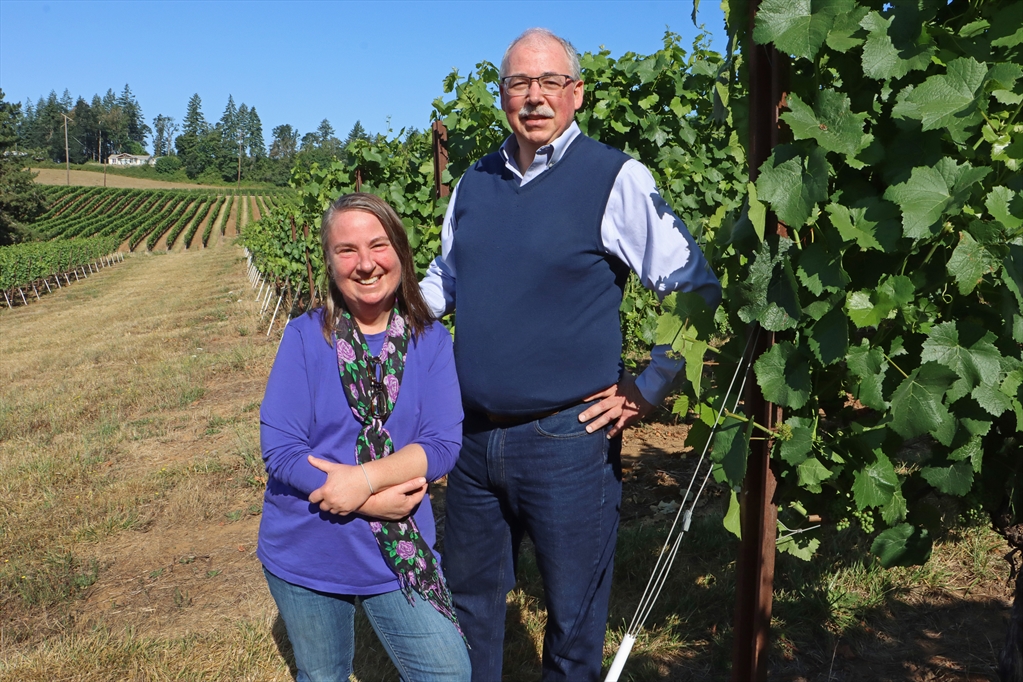
Dena and Ernie of Amalie Robert Estate.
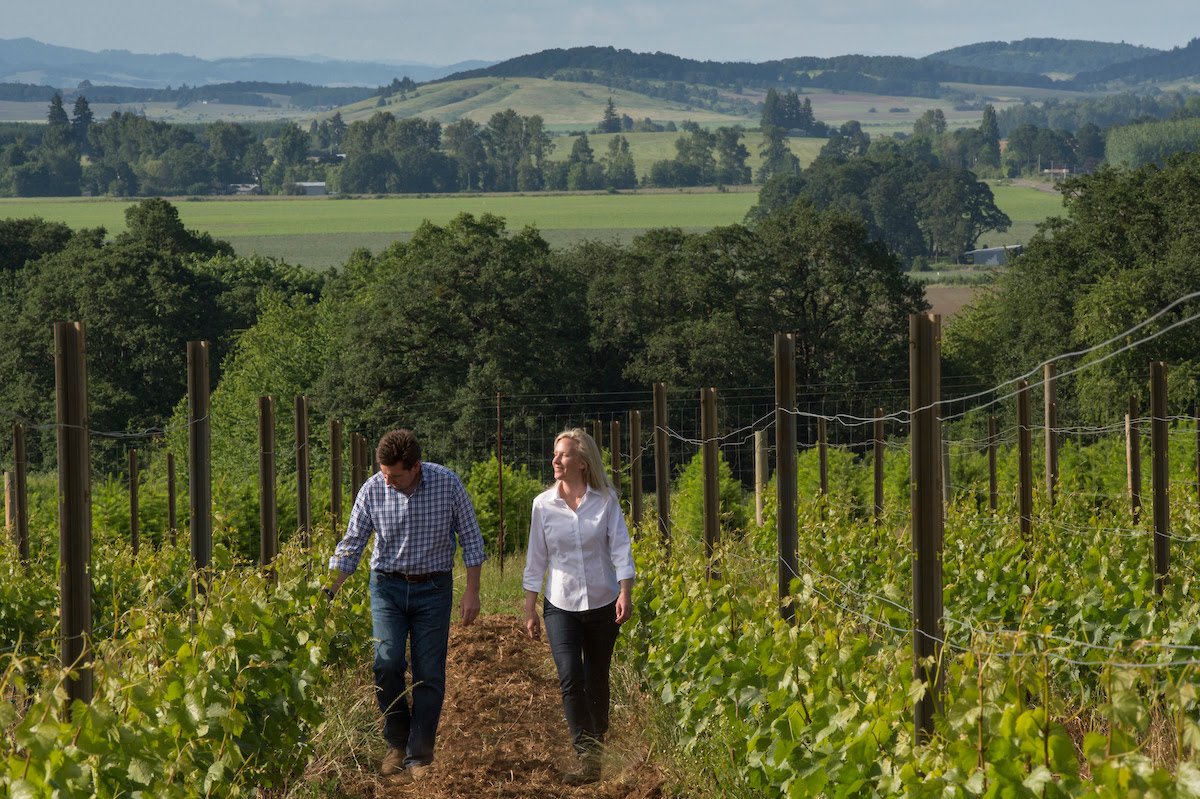
Marnie and Brett Wall of Open Cliam Vineyards.
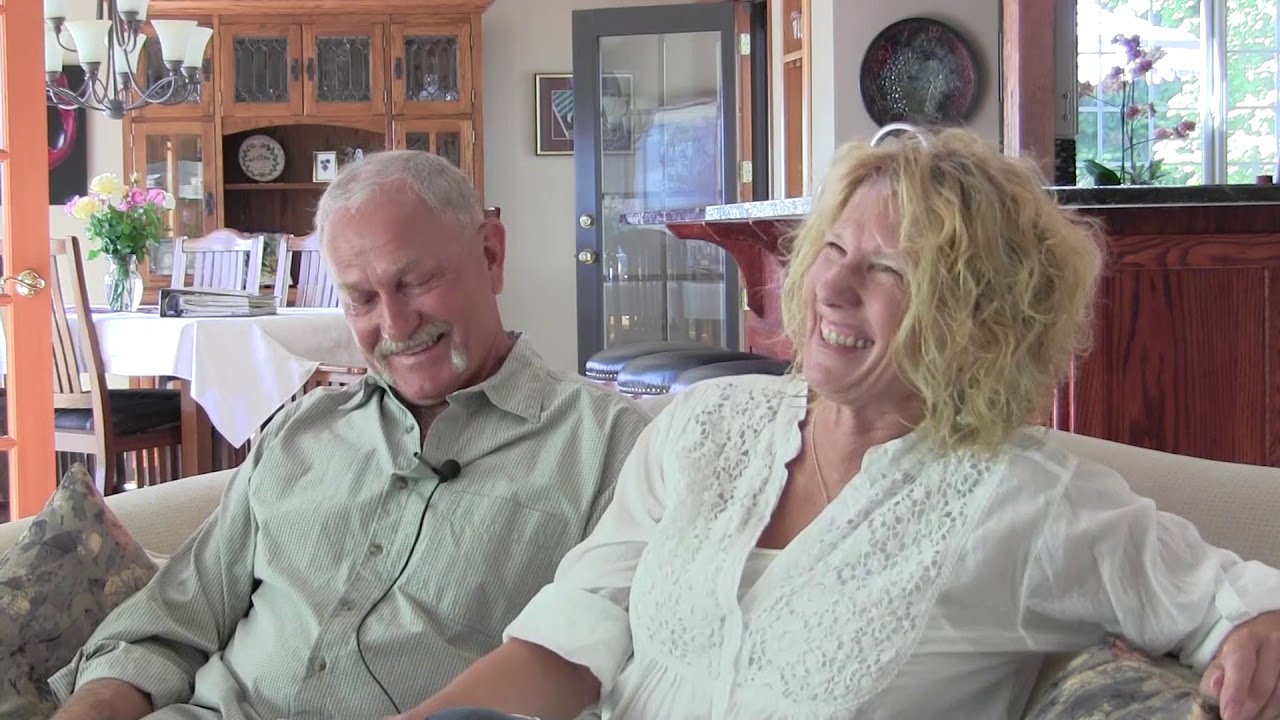
Owners Dan and Helen Dusschee planted Freedom Hill Vineyard in 1981.
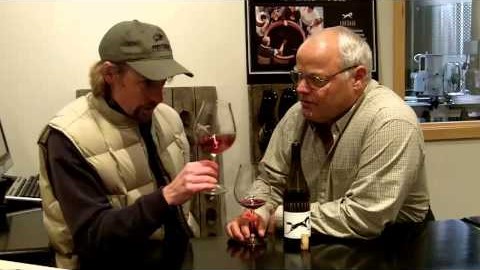
Winemaker Bryan Croft (left).
IH: Is most of the land there already claimed or do you see this new AVA as an up and coming spot for future wine growers?
BF: It’s densely planted, but we have a bit of room to grow!
Now that you all know all about our newest AVA, come see it grow for yourself during your next visit to Oregon Wine Country, and don’t forget to book your room with us at The Independence Hotel!
